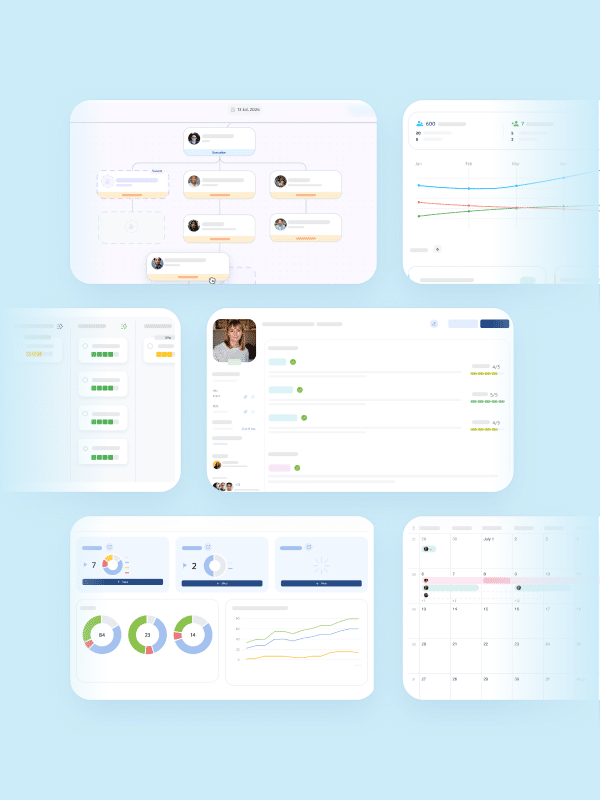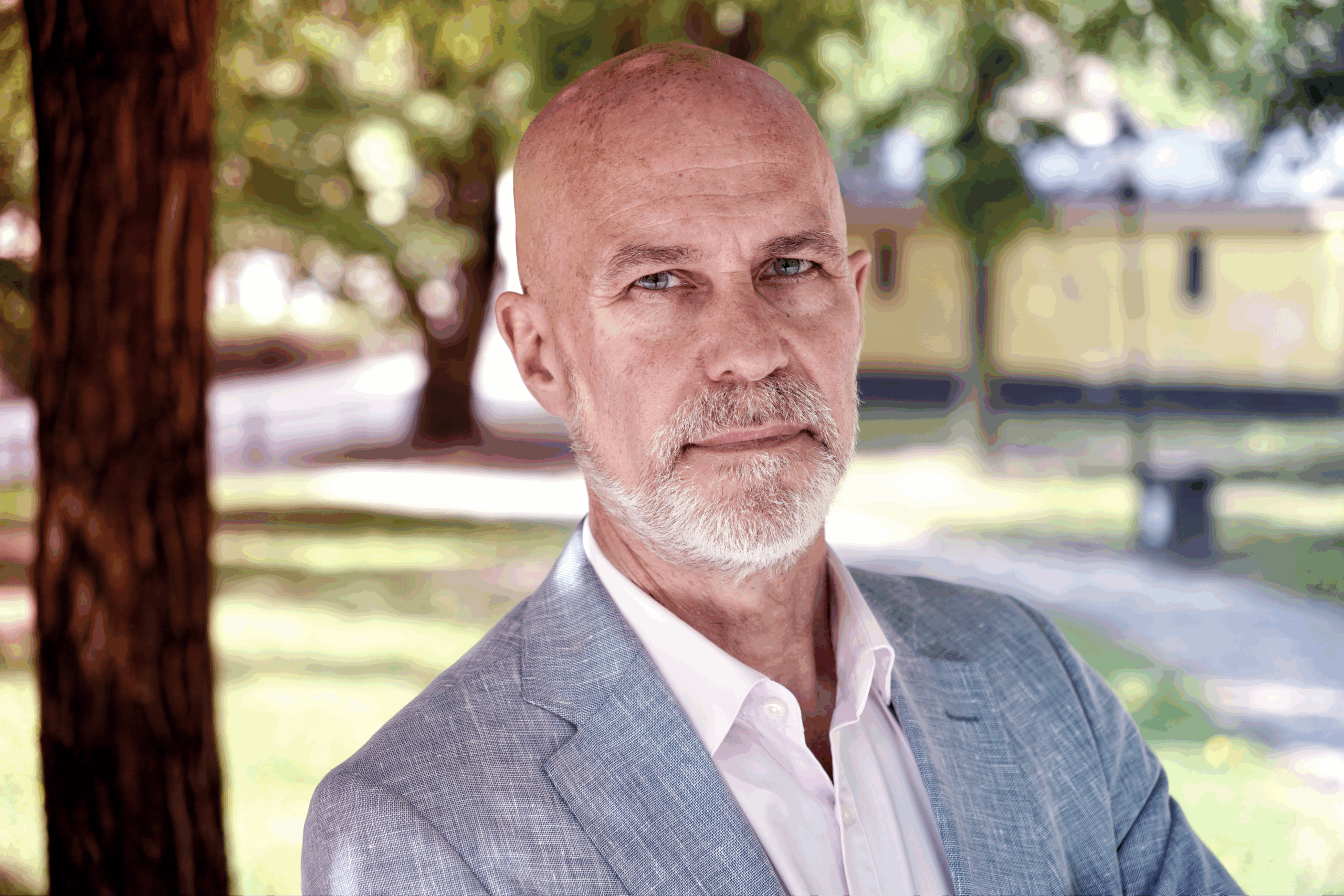Leadership is a cornerstone of every organization, and its impact extends far beyond business results and performance. It shapes culture, influences well-being, and plays a crucial role in the sustainability of work life. In this article, we explore how leadership can function as a catalyst for both dynamic and long-term sustainable work life.
Creators of a Positive Organizational Culture
A truly successful leader acts as the architect behind a positive organizational culture. However, this is not always straightforward, as it involves advocating for values such as respect, openness, and trust to create an environment where employees feel seen and valued. These are fundamental factors for a long-term and sustainable work life, as they contribute to reducing stress and increasing motivation—ultimately leading to increased workplace joy and efficiency.
A positive organizational culture built on mutual respect and collaboration is driven by leaders who support a culture where every voice is heard, and every individual feels involved. This not only fosters a sense of community and belonging but also strengthens the overall sustainability of the company by increasing team effectiveness and nurturing talents.
In a world of constant change and increasing complexity in the workplace, leadership becomes a crucial factor for sustainability. It requires leaders who are responsive, flexible, and adaptable, understanding that people are the key to the success of any organization. By investing in the well-being and development of employees, leaders not only create a sustainable workplace but also a platform for innovation and growth.

Reflections from our HR expert – Catrine
Sustainable leadership, by fostering a positive culture, supporting individual development, and prioritizing work-life balance, serves as the cornerstone for a thriving and resilient workplace, ultimately shaping an organization’s success in the face of evolving challenges.
Supporters of Employee Development
A sustainable work life involves continuous development for each individual. A leader who invests in the personal and professional growth of their employees creates an atmosphere of engagement and loyalty. By offering training, mentorship programs, and development opportunities, leaders demonstrate their belief in their employees’ ability to grow.
Supporting individual development also involves creating space for creativity and innovation. A leader who encourages experimentation and new ideas creates a dynamic work environment where employees feel inspired and motivated. This not only enhances the organization’s competitiveness but also contributes to a meaningful and rewarding work experience.
Understanding Work-Life Balance
Sustainable leadership also means supporting a healthy balance between work and private life. In an era where technology enables us to be constantly connected, it is more important than ever for leaders to support their employees to avoid overwork and burnout. This can be achieved by offering flexible working hours, encouraging regular breaks, and respecting vacation times.
In a work environment that values balance, leaders not only consider the well-being of their employees but also the long-term sustainability of the organization. Employees who feel that their employer cares about their well-being are more likely to remain engaged and loyal, creating a stable foundation for the company’s future.
So, how does this happen?
Let’s take a closer look at how sustainable leadership can be implemented by identifying some concrete steps to ensure that the principles mentioned above are translated into reality. Here are some essential aspects:
Leadership Training: An important initial step is to provide education and support for leaders to integrate sustainable leadership principles into their work. This includes creating awareness of the importance of transparency in communication, respect for diversity and inclusion, and the establishment of a positive organizational culture.
Implementation of Policies: Introducing concrete policies and guidelines that support work-life balance, development, and mutual respect is another key factor. These guidelines may include flexible working hours, mentorship programs, and continuous skill development.
Creation of an Inclusive Work Environment: Actively working to create a workplace where every individual feels respected and included makes a leader’s commitment to sustainable work-life evident. Tangibly, this can involve creating psychological safety where leaders foster an environment where diversity and differences are welcomed, and each employee feels secure in sharing their thoughts and ideas. In this way, community is strengthened, and workplace well-being has a better foundation for increased engagement and long-term sustainability.
Feedback and Adaptation: Creating a platform for feedback from employees and being willing to adapt one’s leadership style based on these insights is another crucial aspect. A continuous improvement process ensures that leadership remains relevant and adapted to the changing needs of both the organization and its employees.

Browse our webinar library!
We have a number of webinars about different HR related topics available to watch whenever you want.
In Conclusion
As we have seen, leadership is in many ways the key to a sustainable work life. With a positive work culture as a foundation, support for development, and an awareness of the balance between private and work life, leaders can be the force that sustainable work life needs. Sustainable work life is the result of committed leadership that recognizes its impact extends far beyond economic aspects, reaching into the hearts of those they have the privilege to lead. When employees feel seen and valued, and each individual is given the opportunity to grow and develop, an organization is equipped for the challenges of the future.
Leadership is about much more than short-term gains. It is about building relationships, creating a positive organizational culture, and being mindful of the organization’s impact on society and the environment. When leaders embrace this holistic view of sustainability, they become not only guides for their teams and employees but also agents of change for a better world.

Do you want to see more?
Book a demo here to see Heartpace HR system
Explore more posts
Want to keep updated?
Subscribe to our blog posts, news and webinars here. We promise that we won’t overwhelm you with emails, nor will we never ever give your email address to anyone else!








